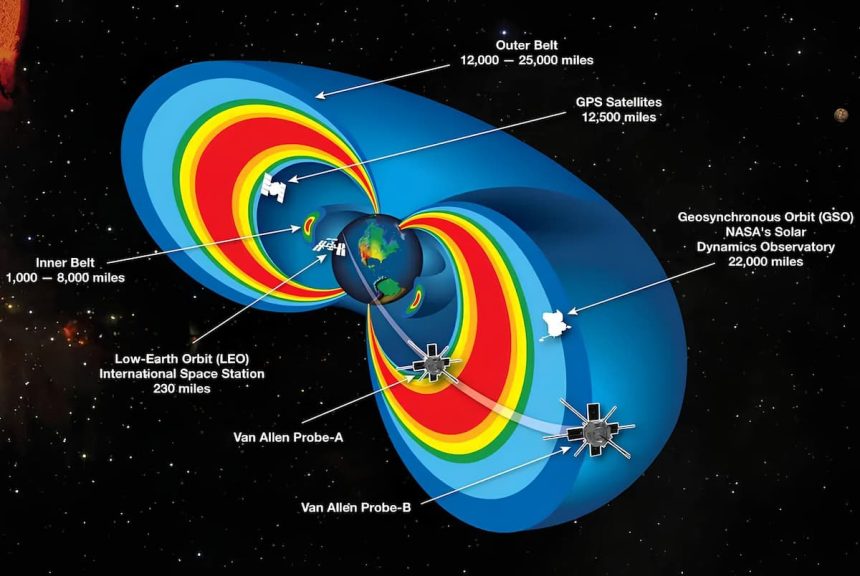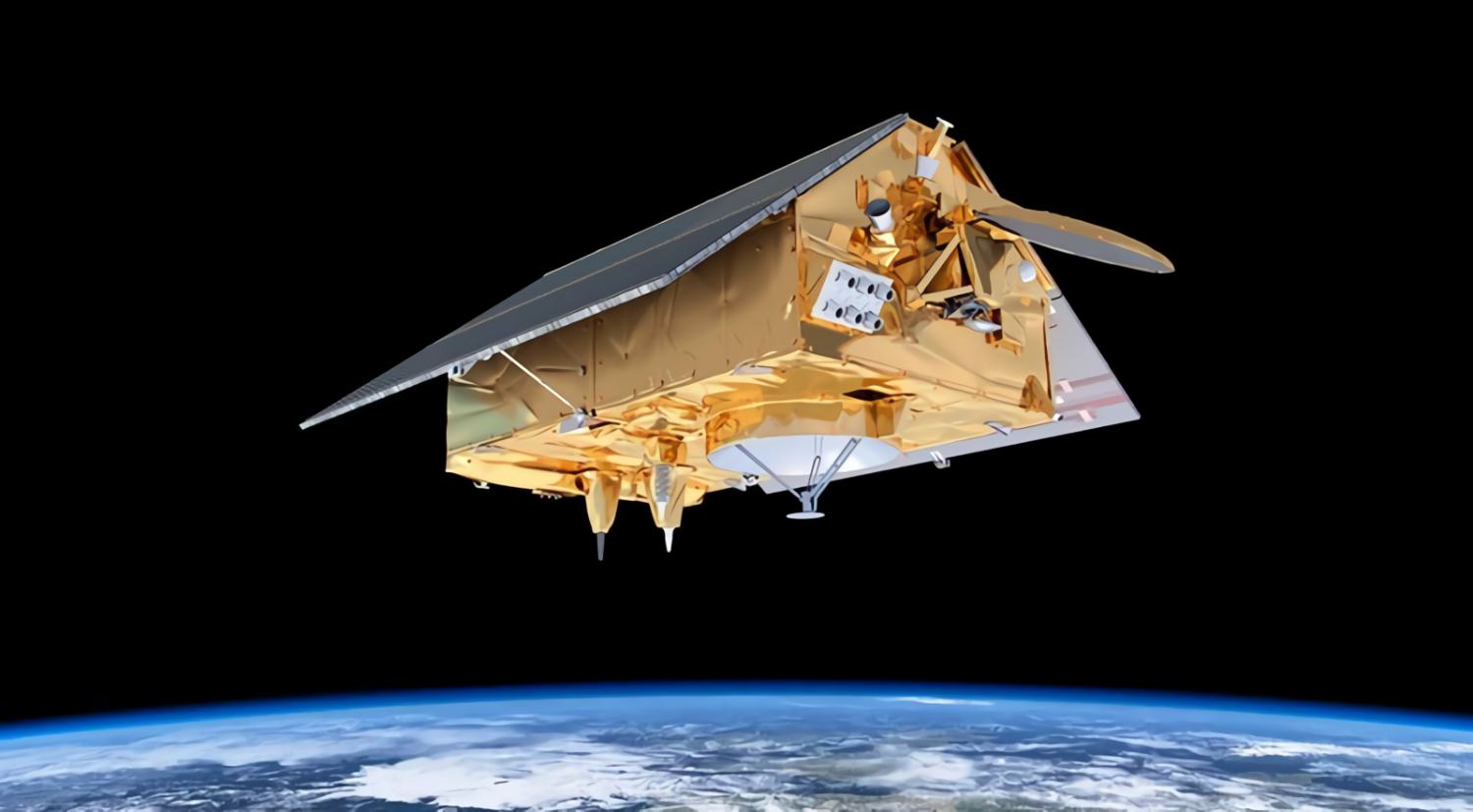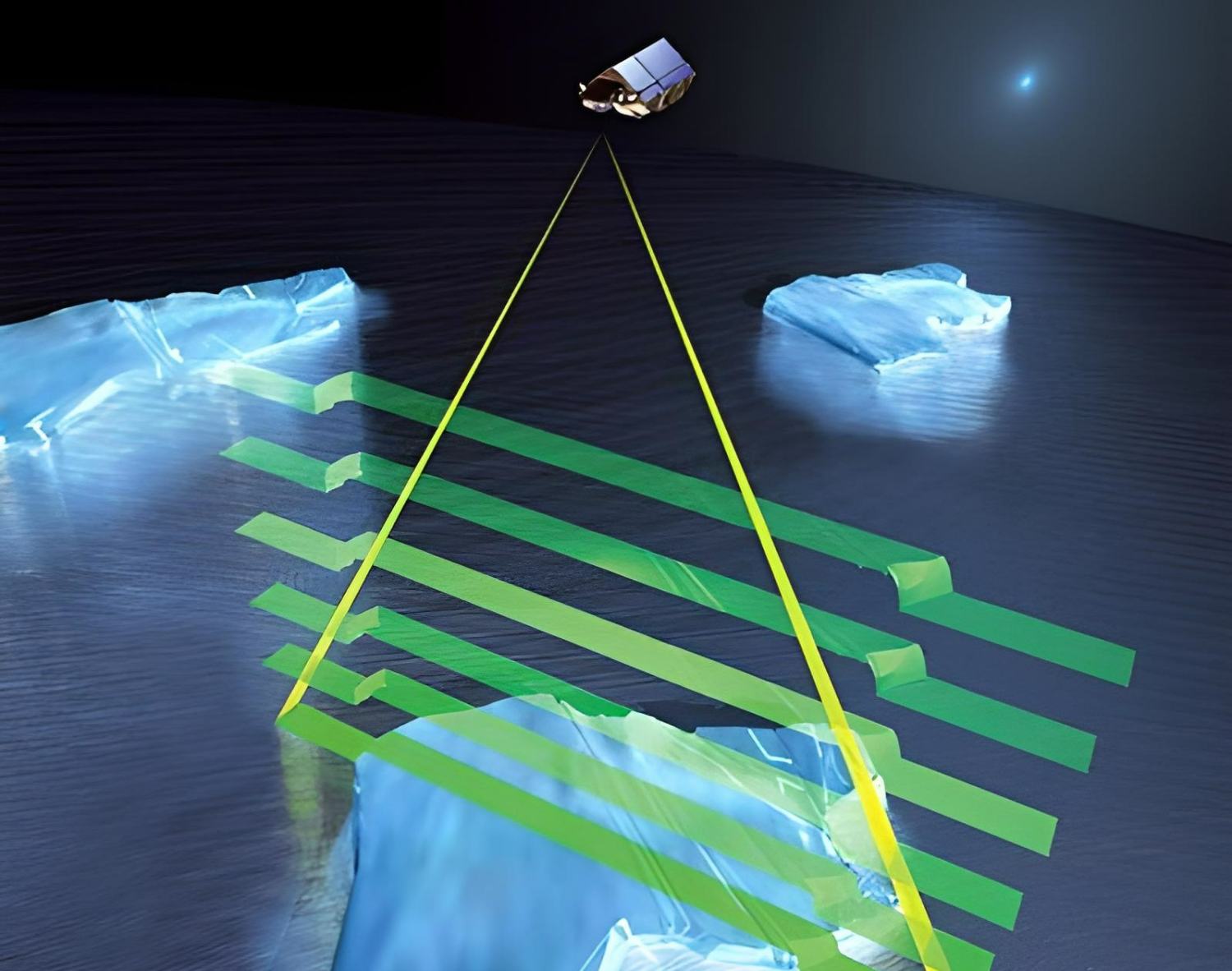A pair of scientists from the University of Alaska Fairbanks in the United States discovered a new type of electromagnetic wave that carries a significant amount of energy to Earth’s magnetosphere. The study was published on Friday (16) in the journal Science Advances.
Professor Vikas Sonwalker and Assistant Professor Amani Reddy identified a new type of wave that carries lightning energy.
This energy enters the ionosphere at low altitudes and travels up to the magnetosphere. It is then reflected at the lower boundary of the ionosphere, at an altitude of 88.5 km, in the opposite hemisphere.
The ionosphere is a layer of Earth’s outer atmosphere characterized by a high concentration of ions and electrons.
It is ionized by solar radiation and cosmic rays, which make it conductive and crucial for radio communication by reflecting and modifying radio waves.
The magnetosphere, on the other hand, is a region around Earth created by its magnetic field. This layer serves as a protective barrier, preventing most solar wind particles from reaching the atmosphere and harming life and technology.
Whistlers in Space
According to the authors, it was previously believed that lightning energy, upon entering the ionosphere at low latitudes, became trapped and did not reach the radiation belts — two layers of charged particles that surround Earth and stay in place thanks to the planet’s magnetic field.
“We as a society are dependent on space technology,” Sonwalker said in a statement. “Modern communication and navigation systems, satellites, and spacecraft with astronauts aboard encounter harmful energetic particles of the radiation belts, which can damage electronics and cause cancer”.
He points out that understanding how radiation belts and various types of electromagnetic waves work is essential for conducting human operations in space. The researchers describe their discovery as a type of whistler — a low-frequency electromagnetic wave generated by lightning — which they call a “specular reflection whistler.”
Lightning energy that enters the ionosphere at higher latitudes reaches the magnetosphere as a different type of whistler, which undergoes one or more reflections within the magnetosphere.
The impact of the specular reflection whistler on the radiation belt and its use for understanding magnetospheric plasmas have been investigated by scientists since the 1950s.
In the new research, Sonwalker and Reddy show that both types of whistlers — specular reflection and magnetospherically reflected — coexist in the magnetosphere.
Plasma wave data from NASA’s Van Allen Probes, which operated between 2012 and 2019, revealed that specular reflection whistlers are part of a common magnetospheric phenomenon.
The researchers used data from the World Wide Lightning Location Network to develop a wave propagation model that, when considering specular reflection whistlers, showed twice the lightning energy reaching the magnetosphere.
Most lightning occurs at low latitudes, which are tropical and subtropical regions prone to storm development. “This implies that specularly reflected whistlers probably carry a greater part of lightning energy to the magnetosphere relative to that carried by magnetospherically reflected whistlers,” Sonwalker explained.






